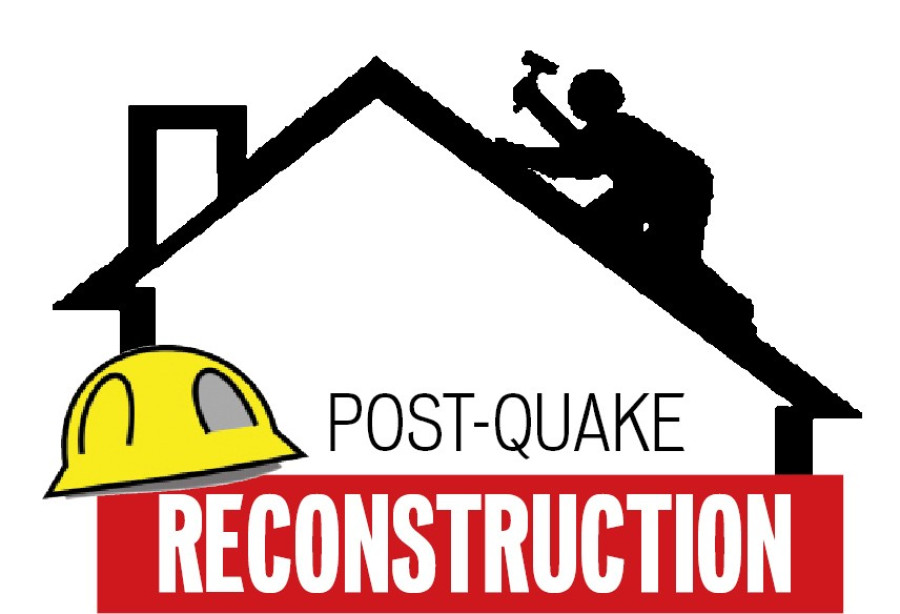Miscellaneous
Only a quarter of damaged health facilities rebuilt
Two years after the Gorkha Earthquake damaged 628 health facilities, only 27 percent of the structures have been rebuilt, thanks to the sluggish pace of reconstruction.
Manish Gautam
Two years after the Gorkha Earthquake damaged 628 health facilities, only 27 percent of the structures have been rebuilt, thanks to the sluggish pace of reconstruction.
Data from the Project Implementation Unit of the Health Ministry show that only 162 prefabricated buildings have been built so far. And not all have been utilised for service delivery, mainly due to the handover delay.
A detailed survey conducted by the ministry after the earthquake showed that 358 health facilities were destroyed, with the rest sustaining irreparable damages.
The slow-paced reconstruction of health facilities has affected the services in many districts that were deemed worst-affected by the government. For instance, the Rasuwa District Hospital was flattened in the earthquake and the Canadian Red Cross had pledged to construct a prefabricated building while KFW, the German Development Bank, had agreed to construct a permanent building.
“The Red Cross has just begun its work on the prefabricated building,” said an official at the District Health Office on condition of anonymity. “The hospital is still running under the tent. The organisations did not deliver on their promises not only in the case of the district hospital but the health posts too.”
The KFW is yet to begin building the district hospital, said the official. In Rasuwa, among the 17 health facilities that were damaged, only six have been rebuilt.
The I/NGOs and other partners had told the ministry that they would ready the prefabricated buildings one year after the earthquake. However, many of them asked for extra time later citing the five-month long Indian blockade that hampered the delivery of construction materials.
According to the latest figures, 58 percent buildings that collapsed have been reconstructed in Sindhupalchok, followed by 52 percent in Dhading and 46 percent in Dolakha. But some districts have a grim performance including Kavrepalanchok where only six buildings have been reconstructed for the 65 health facilities that were damaged in total. Among the 120 health facilities that were destroyed in Lalitpur, Okhaldhunga and Sindhuli districts, none has been reconstructed. The Health Ministry clarifies that reconstruction of the facilities in these districts was delayed since “they moved the resources to other severely affected districts”.
The ministry hopes that additional 50 prefabricated buildings must be completed in the next three weeks. “We have agreed with various agencies on the reconstruction of some 300 health facilities. For some 40 facilities, reconstruction is yet to begin in the lack of lands,” said Ramesh Adhikari, chief of the programme implementation unit at the ministry.
Some health centres were housed in rooms made available by the local government or communities. Following the earthquake that damaged these buildings too, the health posts apparently could not be rebuilt anywhere nearby in the absence of their land. This is due to the government policy of 1991 that sought land donations to set up health facilities.
Due to the delays, the ministry has missed its intermediate plan to repair and retrofit buildings, establish pre-fabricated structures and initiate the process for reconstruction of concrete infrastructure, as outlined in the Post-Disaster Needs Assessment.




 10.12°C Kathmandu
10.12°C Kathmandu










